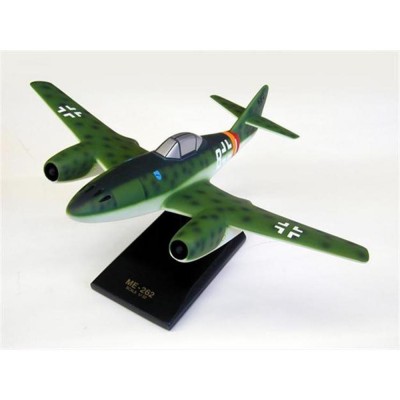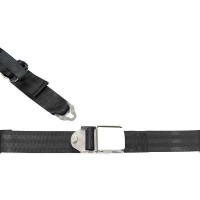FREE SHIPPING ON ORDERS OVER $350 (SOME EXCLUSIONS APPLY) | 877-4-SPRUCE
Me-262A Swallow Model
$225.95/Each
Part# 13-10809
MFR Model# FGM262T
MFR Model# FGM262T
Overview
|
The Messerschmitt Me 262 Schwalbe was the first turbojet fighter aircraft to enter operational service. It was produced during World War II and began its action in 1944 as a bomber and fighter aircraft. It was formally named Schwalbe because of the bird ""Swallow"", one of the fastest birds ever known. German pilots called it the ""Turbo,"" while the Allies called it the ""Stormbird"". Even though the Messerschmitt Me 262 only had a minimal influence on the class of the warfare; its design had a powerful impact on postwar aircraft development. The Messerschmitt Me 262 was often used as an ultimate super weapon; the Me 262 was already being built as project P.1065 before the beginning of World War II. Ideas were first planned in April 1939, and the aircrafts original design was too much alike to the plane that entered the service. A total of 1400 Messerschmitt Me 262 aircrafts were produced, but the amount of operating aircraft was normally below 100, mostly due to lack of fuel. The best scorer with the Me-262 was Franz Schall with 17 kills which included six four-engine bombers and ten P-51 fighters. Another candidate for top scorer on the aircraft was Heinrich Bar, who defeated 16 enemy aircrafts while flying the Me 262. |
WARNING: Cancer and Reproductive Harm - www.P65Warnings.ca.gov. |
Q&A
Please note, Aircraft Spruce's personnel are not certified aircraft mechanics and can only provide general support and ideas, which should not be relied upon or implemented in lieu of consulting an A&P or other qualified technician. Aircraft Spruce assumes no responsibility or liability for any issue or problem which may arise from any repair, modification or other work done from this knowledge base. Any product eligibility information provided here is based on general application guides and we recommend always referring to your specific aircraft parts manual, the parts manufacturer or consulting with a qualified mechanic.








 FREE Shipping
FREE Shipping
